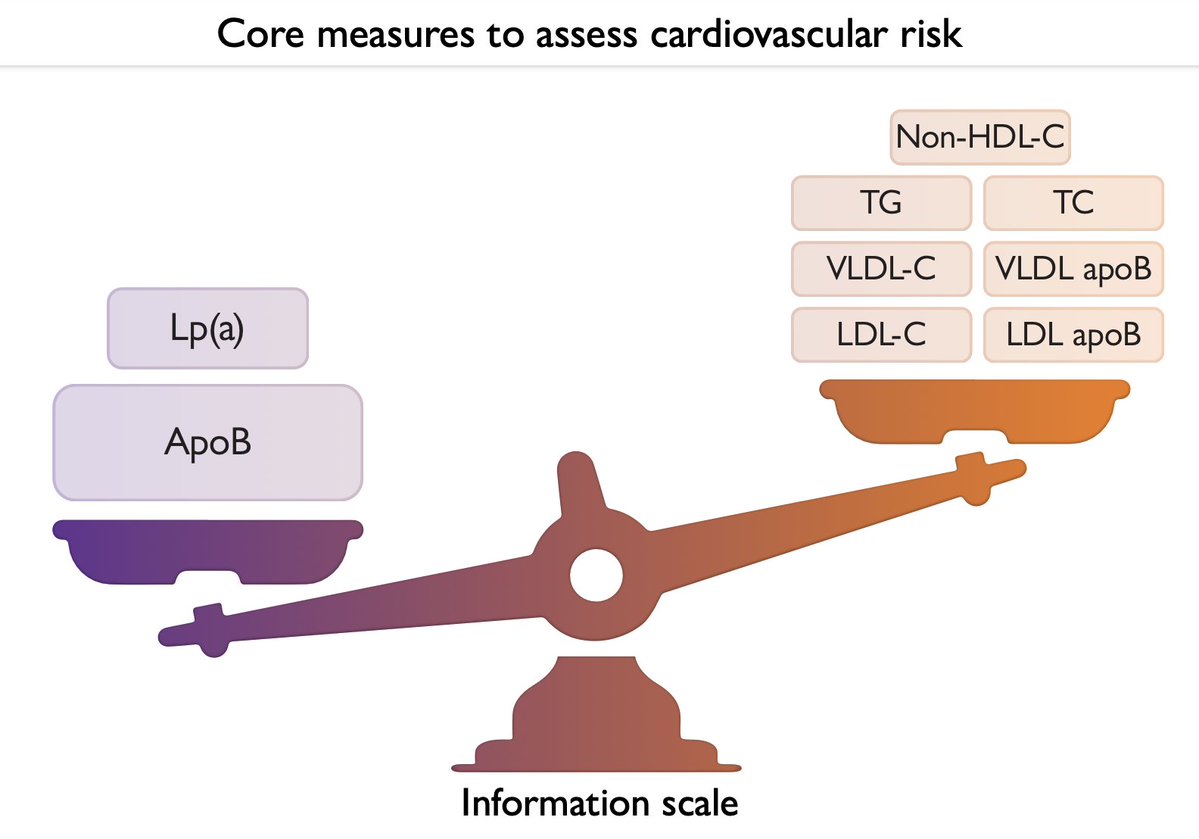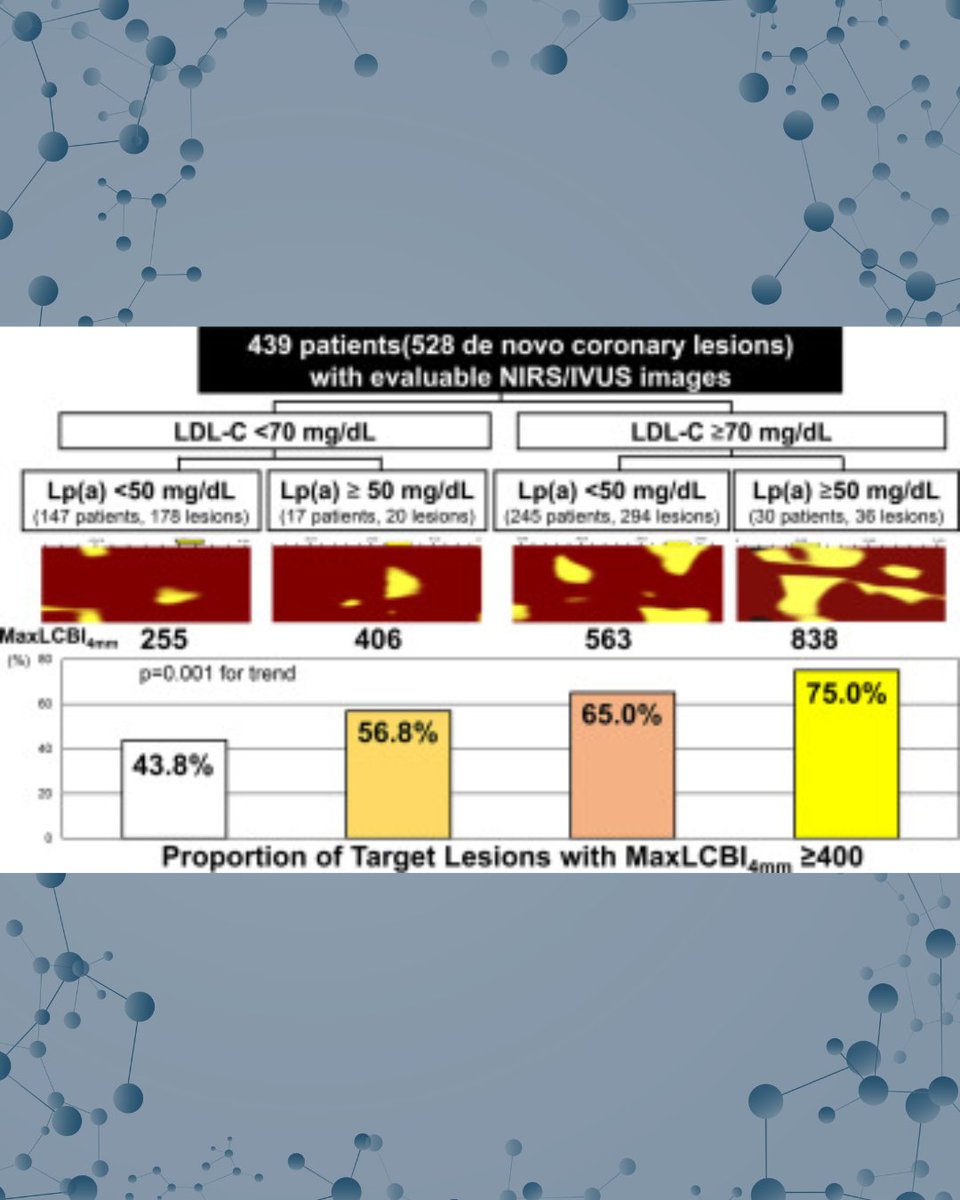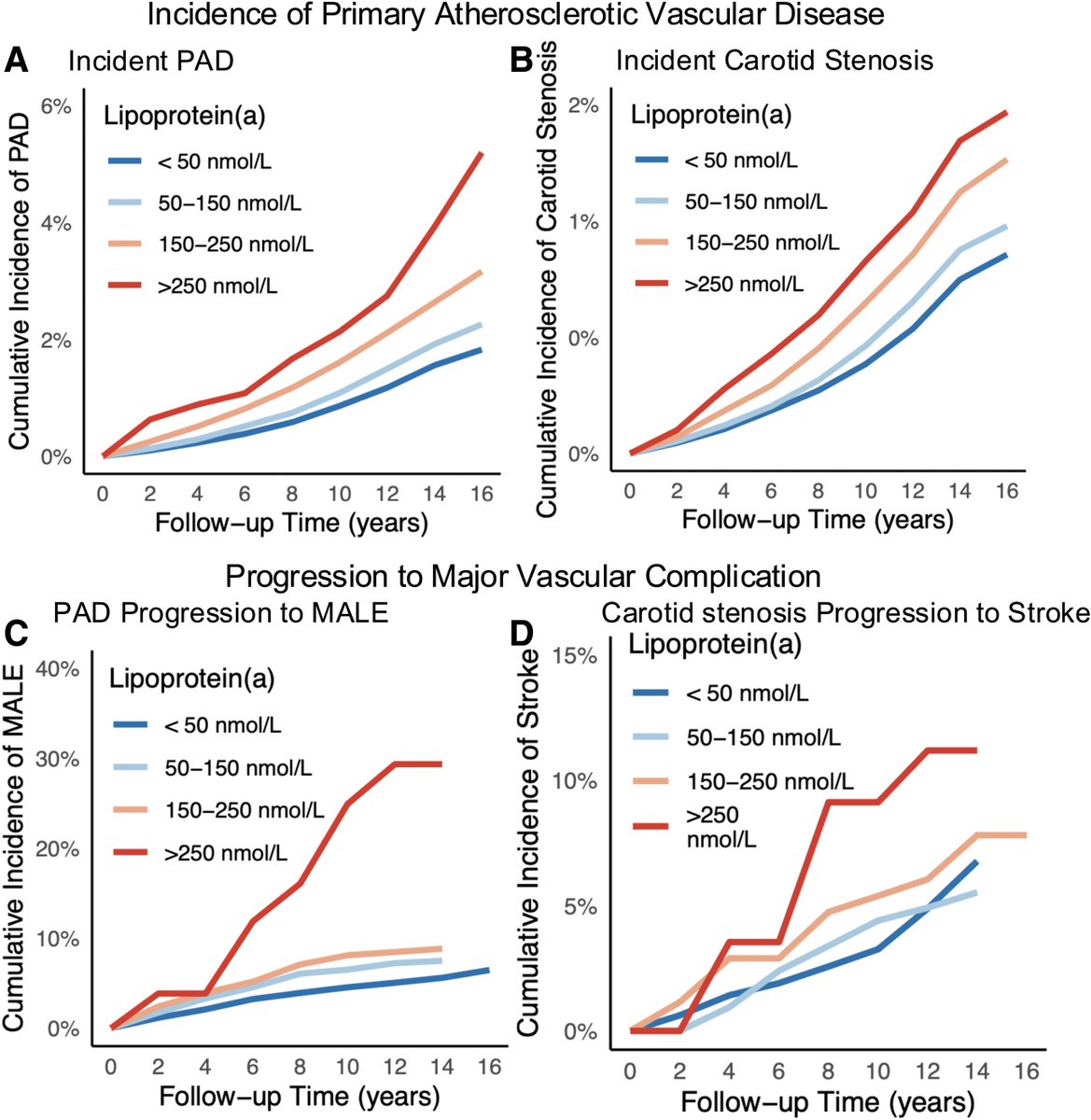
John Patrick Stein
@jpswcpmc
Family Physician with great interest in Preventative Cardiology. Looking at the best science to identify risk and treat it prior to stroke and heart attack.
ID: 1927955040
http://johnpatricksteinmd.com 02-10-2013 19:46:39
3,3K Tweet
537 Takipçi
398 Takip Edilen

An absolute risk generalizable risk calculator is challenging. Led by So Mi Jemma Cho, evaluating AHA PREVENT across 4 academic health systems, we found similar discrimination but variable calibration. A universal absolute risk threshold may not suitably guide.
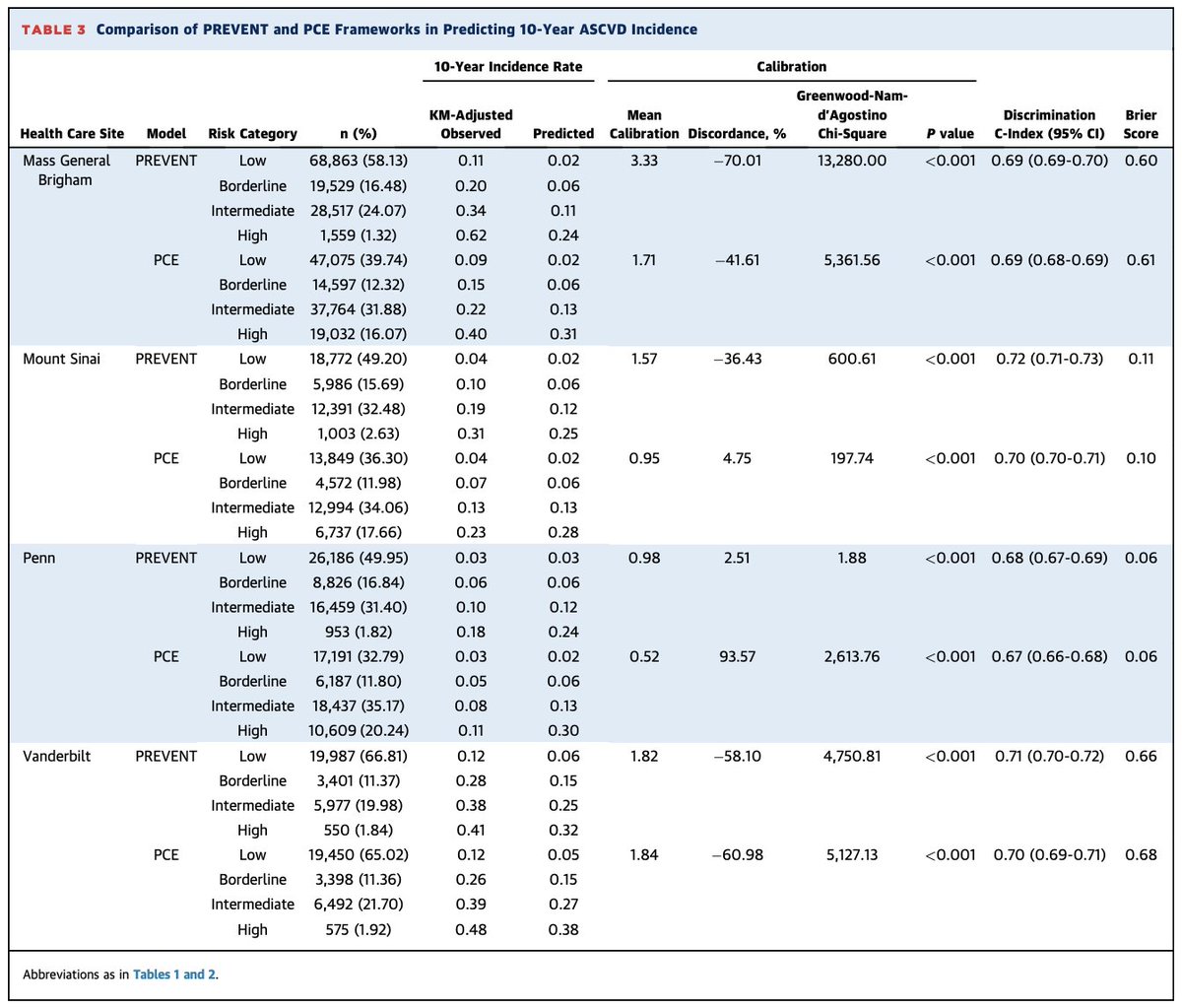






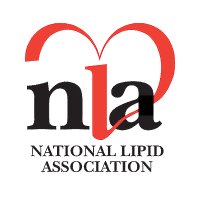




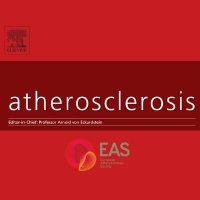
Spotty calcification is positively associated with features of plaque vulnerability, such as lipid-rich plaque and macrophage 🔗atherosclerosis-journal.com/article/S0021-… European Atherosclerosis Society #EASSoMe


David H. Wiener, MD Prof Derek Connolly Vincenzo De Sio Salvatore De Rosa Dr. Fausto Heredia V FSIAC Dr Anastasia Mihailidou FAHA FCSANZ FESC Giuseppe Maltese John P Erwin III MD MBA MACC (#BigPoppy ) Ezequiel Zaidel Ezequiel Forte Seba GZ, MD, MSc Adrian Baranchuk MD FACC FRCPC FCCS FSIAC Mamas A. Mamas Sergio Kaiser MD, PhD, FACC, FESC 🇧🇷🇮🇱🇷🇴🇺🇦 Stefano Cacciatore, MD Marta Kaluzna-Oleksy Michał Chudzik Michele Marchetta Roger Blumenthal Ritu Thamman MD Nicolas Renna, MD PhD ISHF FESC




Nice new article on the impaired lipid transport characteristic of APOE4 carriers Thomas Dayspring Austin Dudzinski, PharmD, BCACP Ethan J. Weiss John Kastelein Dr Scott W Murray LipoFan x jlr.org/article/S0022-…

Josh Austin Dudzinski, PharmD, BCACP Ethan J. Weiss John Kastelein Dr Scott W Murray LipoFan Thus could set the stage for apoA-I to enter cross BBB, enter the matrisome and rescue dysfunctional apoE4-HDLs.

We have now developed methods to measure OxPL on most lipoproteins, in addition to Sam Tsimikas and OxPL-apo(a). One applications is in ALS (Lou Gehrig's disease), with OxPL-apoE being most interesting. Of course, this also has treatment implications by overexpressing OxPL



